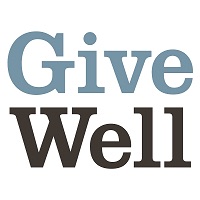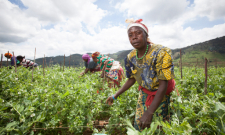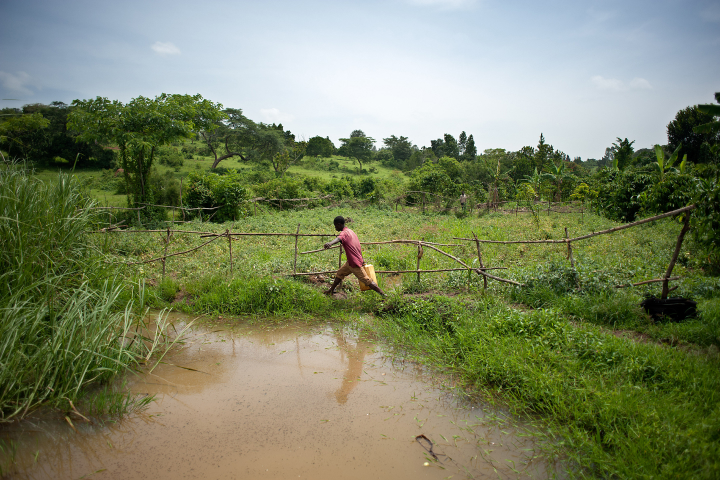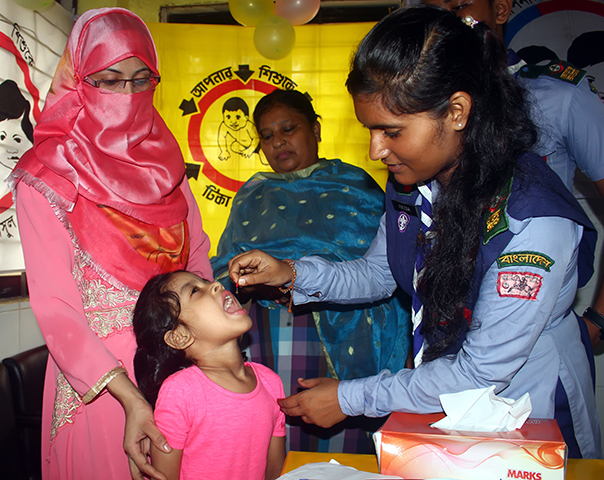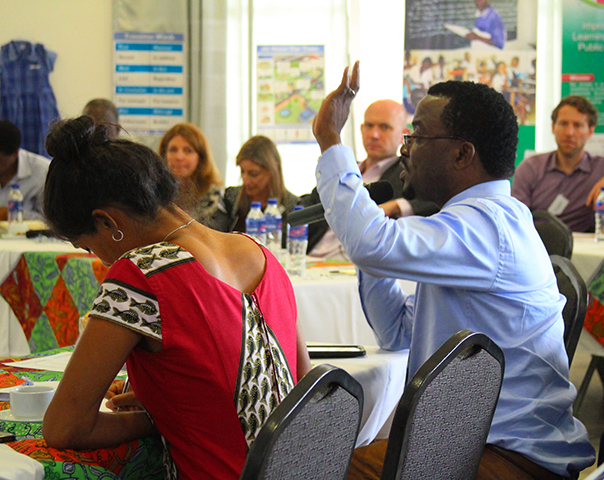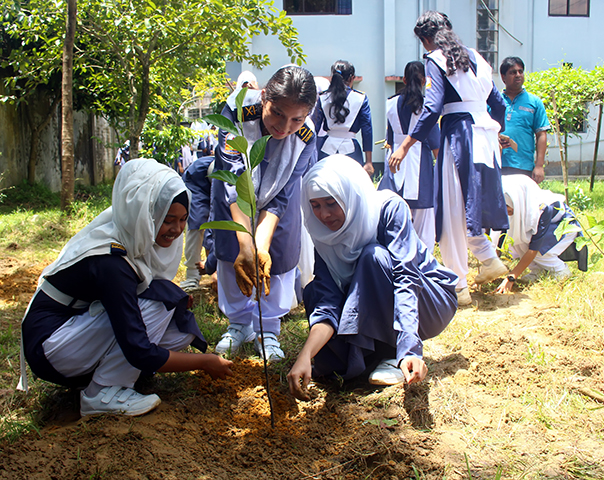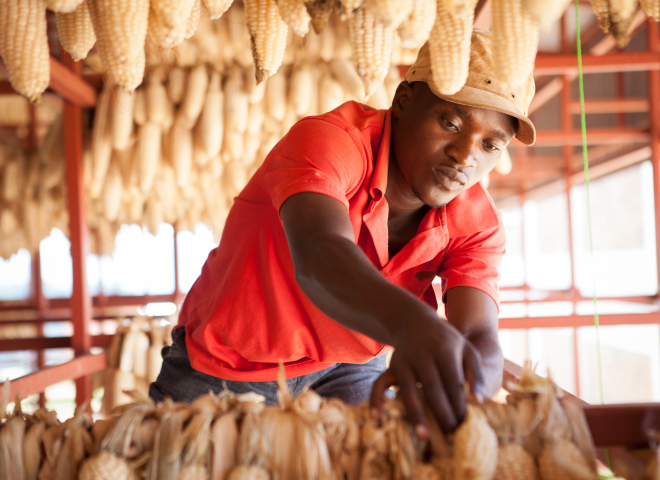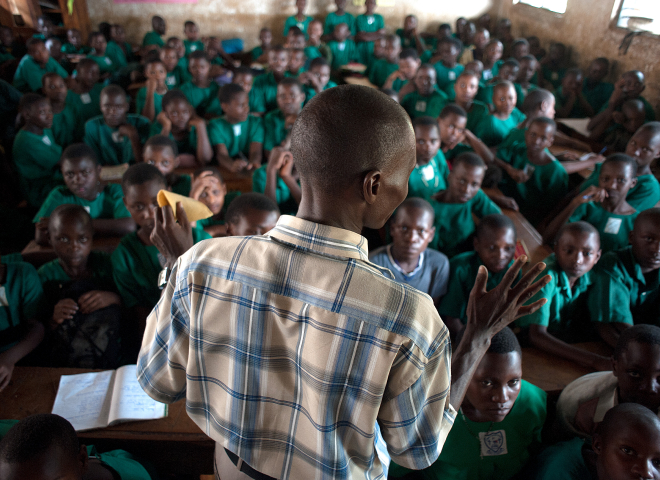The Challenge
Diarrhea is the second leading cause of death in children under 5 years old, with about 500,000 deaths occurring every year worldwide.1 This condition can last several days and can cause severe dehydration and loss of vital salts, which can lead to stunting, delayed cognitive development, and even death. The World Health Organization recommends treating diarrheal episodes with oral rehydration solution (ORS)—water, sugar, and salts—and zinc tablets.2 In Nigeria, 13 percent of children under 5 years old reported having diarrhea in the two weeks preceding data collection for this intervention, but in Bauchi state, the prevalence is much higher at 34 percent.3 While about 76 percent of people in Bauchi have heard of ORS as a treatment, only 35 percent of children with diarrhea receive it.4
The Evaluation
Researchers are partnering with IPA Nigeria, the Clinton Health Access Initiative, the Nigerian Ministry of Health, RAND Corporation, and the University of Southern California to conduct a randomized evaluation assessing whether free delivery of ORS and zinc co-packs directly to the home and information on how to use them increases ORS use when caregivers treat children under 5 with diarrhea. The intervention takes place in the 323 wards—local authority areas—of Bauchi state, the fifth largest state in Nigeria. The wards are randomly assigned to one of the following groups, with all eligible households with children under 5 years old in each ward receiving the same intervention:
- ORS and zinc tablets: The caregivers receive two co-packs of ORS and zinc tablets (containing 2 sachets of ORS and 10 zinc tablets) for each child under 5 years old living in the household, enough to treat two diarrhea episodes. They also receive information on how to use the treatment and to prevent diarrhea.
- Comparison group: These households do not receive the intervention and serve as the comparison group during the study. They will receive the intervention after the end of the survey period.
Researchers are also conducting surveys before the intervention and then continuously for 12 months, starting four weeks after the deliveries, to measure ORS and zinc tablets use. They also measure other indicators, including antibiotic use, exposure to unsafe drinking water, time from diarrhea onset to ORS treatment, frequency of diarrhea episodes, care-seeking outside the home, and willingness to purchase ORS.
Results
Results will be available in 2026.
Sources
1. Institute for Health Metrics and Evaluation. 2021. “Global Health Data Exchange (GHDx).” Institute for Health Metrics and Evaluation. University of Washington. 2021. https://vizhub.healthdata.org/gbd-results/
2. World Health Organization. 2024. “Diarrhoeal Disease.” Who.int. World Health Organization: WHO. March 7, 2024. https://www.who.int/news-room/fact-sheets/detail/diarrhoeal-disease
3,4. NDHS. 2018. “Nigeria Demographic and Health Survey.” https://www.dhsprogram.com/pubs/pdf/FR359/FR359.pdf.
Implementing Partners
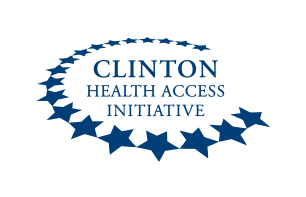
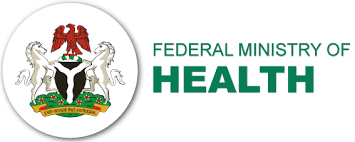
Research Partners


Funding Partner
